Author and unit
jJeonghun Lee,1 Jawhan Yoon,1 Jun-Hyun Kim,2 Taegwan Lee,3 Hongsik Byun1
1Department of Chemucal Engineering,Keimyung University,Daegu 704-701,South Korea
2Department df Chemisty ,lllinois State University,Daegu 704-701,South Korea
Correspondence to:H.Byun (E-mail:hsbyun@kmu.ac.kr)
Journal of Applied polymer science
Joumal Impact Factor:1.86
Year: 2017
Artcleinfo
Received 20 June 2017;accepted 29 September 2017
DOI:10.1002/app.45858
ABSTRACT
Varying amounts of exfoliated graphene oxide (GO) are systematically incorporated into nanoscale polyacrylonitrile (PAN) fibers via an electrospinning method. Subsequent treatment of the PAN–GO composite nanofibers under a moderate temperature and high pressure leads to the formation of membrane sheets with enhanced mechanical properties. scanning electron microscope, Fourier transform infrared spectroscopy, and contact angle measurements confirm the successful incorporation of the GO into the PAN nanofiber membranes whose diameter, porosity, and pore size are notably influenced by the amount of the GO content. These composite membranes also exhibit a gradual reduction in the water contact angle as a function of the hydrophilic GO content, resulting in a beneficial property for water purification. In addition, the proper integration of GO into the PAN nanofibers improves the protein rejection rate and water flux during the filtration process, which indicates the possibility of utilizing these types of composite membranes in water treatment systems. © 2017 Wiley Periodicals, Inc. J. Appl. Polym. Sci. 2018, 135, 45858.
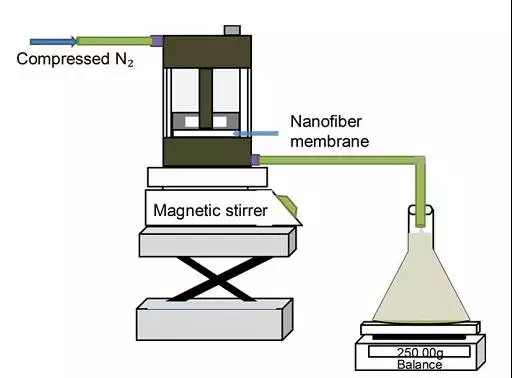
Scheme 1.Diagram of the dead-end filtration apparatus.[Color figure can be viewed at wileyonlinelibrary.com]
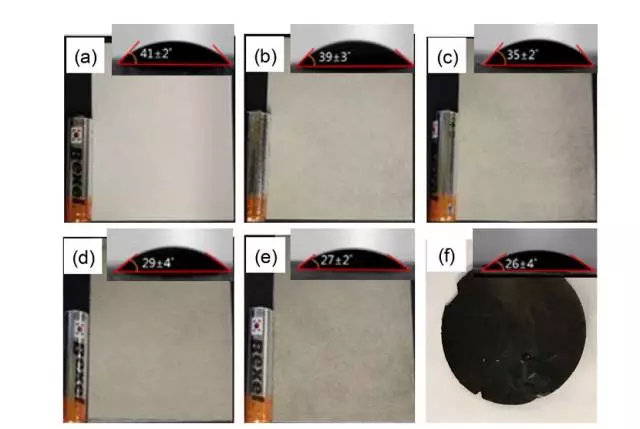
Figure 1.Digital photos and contact angles of the bare PAN,GO,and hot-press treated PAN-GO composite nanofiber menbranes: (a) bare PAN (10 wt %), (b) PAN-GO (0.1wt %), (c) PAN-GO (0.2 wt %), (d) PAN-GO (0.3 wt %), and (e) PAN-GO (0.4 wt %). [Color figure can be viewed at wileyon-linelibrary.com]
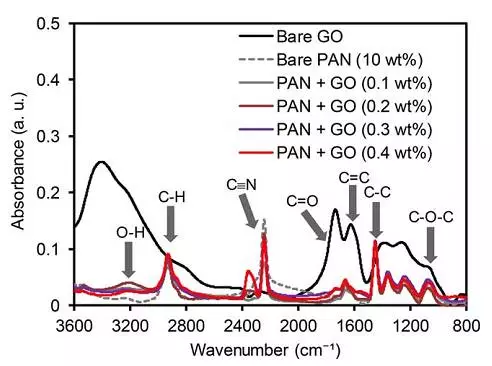
Figure 2. FTIR spectra of the bare GO, bare PAN, and series of the PAN-GO composite nanofiber menbranes. [Color figure can be viewed at wilwyonlinelibrary.com]
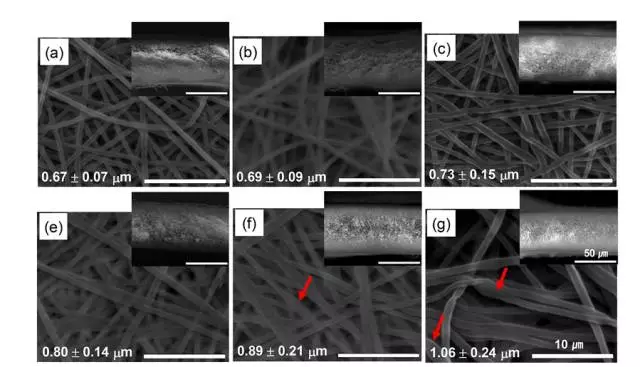
Figure 3. SEM images of the nanofiber menbranes (top and cross-section views): (a) bare PAN (polymer 10 wt %), (b) bare PAN (polymer 10.2 wt %), (c) PAN loaded with GO (0.1 wt %) (d) PAN loaded with GO (0.2 wt %), (e) PAN loaded with GO (0.3 wt %), and (f) PAN loaded with GO (0.4 wt %), where the bottom left valne on each indicates the average diameter of nanofibers.[Color figure can be viewed at wileyonlinelibrary.com]
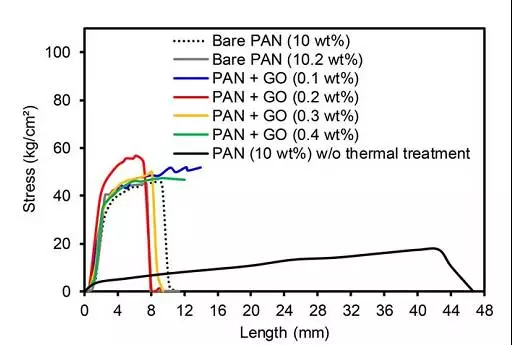
Figure 4. Tensile strength of bare PAN and PAN/GO composote men-branes. [Color figure can be viewed at wileyonlinelibrary.com]
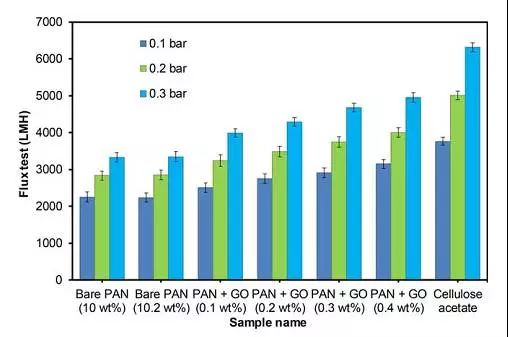
Figure 5. DI water flux of the bare PAN and PAN/GO composite mem- branes. [Color figure can be viewed at wileyonlinelibrary.com]


Figure 6. BSA rejection test using the bare PAN and PAN–GO compos- ite membranes under 0.1 bar pressure and their corresponding water flux up to ten cycles. [Color figure can be viewed at wileyonlinelibrary. com]

Figure 7. Representative SEM images of the bare PAN and PAN/GO nanofiber composite membranes after the rejection of BSA: (a) PAN 10 wt %,(b)–(e) PAN loaded with GO from 0.1 to 0.4 wt %, and (f) cellulose membrane. [Color figure can be viewed at wileyonlinelibrary.com]
Conclusions
The systematic loading of GO into PAN nanofibers was suc- cessfully completed by electrospinning. The subsequent hot- press treatment allowed for the conversion of composite nanofiber sheets into thin membranes whose pore size, thick- ness, and porosity were thoroughly evaluated to understand their integrity as water purification filters. A water contact angle of the composite membranes notably decreased with the increase of the GO content due to the hydrophilic nature of GO, concomitantly resulting in the increase of the water flux rate. Lastly, the incorporation of GO into the PAN nanofiber membranes generally improved their mechanical properties and also resulted in the significantly superior pro- tein rejection than that found with the bare PAN membrane
(e.g., a high purification efficiency). As such, the proper modification of the polymer nanofiber materials with hydro- philic GO materials as fillers can allow for the development of novel composite membranes for water purification systems.

